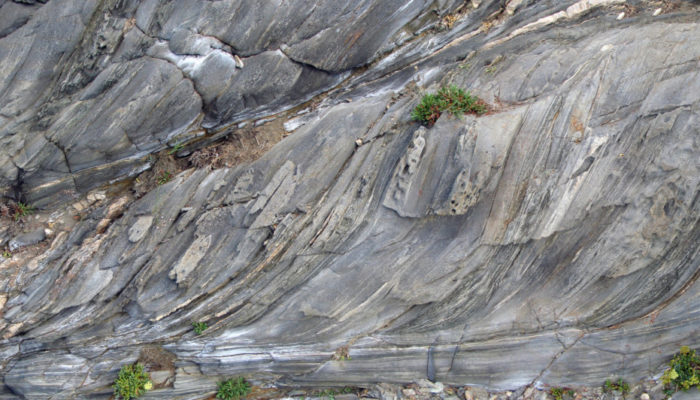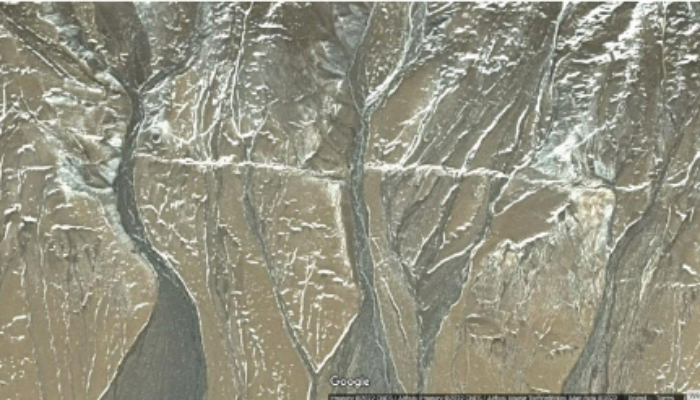Cowie et al. (2005) is an exciting “must-read” for any geologist interested in rift systems. It examines strain accumulation and extension within a rift basin and scrutinizes model predictions with field observations. The authors highlight two sets of models, the first set of models uses brittle deformation to explain extension (e.g., King et al., 1988; Kusznir et al., 1991; Ter Voorde et al., 199 ...[Read More]
Features from the Field: Snow illuminates fault zones
This guest post was contributed by Afroz Shah who is an Assistant Professor of Structural Geology at the Department of Geosciences, Universiti of Brunei Darussalam (UBD). He has completed Ph.D at James Cook University, Australia in 2010, post-doctorate at Earth Observatory of Singapore in 2013 and joined the first academic job as a Senior Lecture of Structural Geology at Curtin Sarawak, Miri, Mala ...[Read More]
TS Must-Read – Cowie (1998) A healing-reloading feedback control on the growth rate of seismogenic faults
This study provides a simple numerical model of fault rupture that describes the development of fault systems from the initial nucleation of numerous small faults to the localisation of deformation into few major faults. The model presented is based on two main considerations: first, earthquakes cause stress changes that can either advance or delay failure on neighbouring faults. Second, for failu ...[Read More]
TS Must-Read – Cowie and Scholz (1992) – Physical explanation for the displacement-length relationship of faults using a post-yield fracture mechanics model
The Must-Read paper by Cowie and Scholz (1992) uses theory from fracture mechanics to explain fault growth and fault displacement profiles. The article initially points out the weaknesses in previous work, specifically highlighting how the abrupt termination of displacement profiles at fault tips would imply an infinite stress in the surrounding material. The paper then introduces a physical model ...[Read More]
Features from the Field: Shear Zones and Mylonites

The San Andreas Fault in California, the Alpine Fault in New Zealand, or the Main Frontal Thrust in the Himalayas are some of the most famous and largest fault zones that accommodate the relative displacement between two adjacent crustal blocks. Such faults, however, represent only the shallower expression of something much bigger: a crustal shear zone. In the first 10 kilometers or so of the crus ...[Read More]
TS Must-Read – Sibson (1977) Fault Rocks and Fault Mechanism
The paper “Fault Rocks and Fault Mechanisms” by R. H. Sibson (1977), was one of the first studies that established major connections between the rocks that form in faults, and their conditions and mechanics during formation at crustal scale. Concretely, Sibson (1977) established: 1.) links among the textures and lithologies that develop along fault zones (fault rocks), 2.) the rheological and crus ...[Read More]


